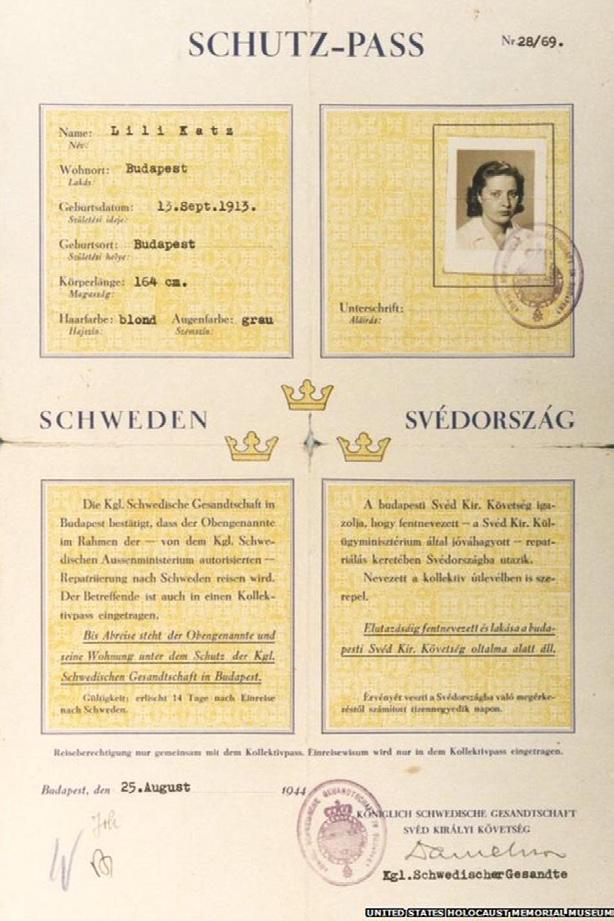
3 minute read
Swedish Headlines
Swedish Headlines [ ] Bridges Coming Down and Going Up
Swedish Diplomat Expelled
By Peter Berlin
The Russian government announced in early February that an un-named Swedish diplomat is to be expelled. He is accused of having participated in a January 23 mass demonstration in Moscow demanding the release of imprisoned Russian opposition leader Aleksei Navalny. The Swedish Foreign Minister has vehemently refuted the accusation, saying that the diplomat was only doing his job witnessing and reporting on the demonstration rather than actively participating in it.
A German and a Polish diplomat are also to be expelled. The German Chancellor, the French President and the EU Foreign Affairs Chief have denounced the Russian action on the grounds that it is utterly unjustified. The Swedish government has retaliated by expelling a Russian diplomat, and the German and Polish governments have done likewise.
People clash with police during a protest against the jailing of opposition leader Alexei Navalny in St.Petersburg, Russia, Saturday, Jan. 23, 2021. Photo: Dmitri Lovetsky, AP
Stalemate at the Border
In these COVID-19 times, the rules determining who can enter Sweden from abroad are exceedingly complex, and they also keep changing at a dizzying rate. Following their evolution is like trying to change the tire of a moving car.
The rules in place until March 31 make a distinction between Swedish citizens, Swedish permanent residents, EU citizens, European citizens from outside of the EU (Switzerland, Andorra, Monaco, San Marino and the Vatican), and citizens from the rest of the world. Ironically, people from Sweden’s closest neighbors Denmark and Norway are currently barred altogether, as are the Brits, due to the spread of the recently discovered mutated viruses in those countries. But then there are the many exemptions depending on the reason why a particular traveler wishes to enter Sweden. There are also rules about who needs to have a COVID-19 test before arriving at the Swedish border, and how recent the test must be.
Feeling tempted to simply stay home for a while? That is precisely what your government wants you to do. But if you cannot resist the urge to visit Sweden in the next few weeks or months, then Google the following for up-to-date entry information in English: Frequently asked questions | The Swedish Police Authority (polisen.se).
Bridges for Saving Lives
Travelling along busy highways in the US and Canada, you may have driven under an occasional bridge overgrown with trees and shrubs. You would be forgiven for assuming that the bridge has been abandoned for a long time. In fact, what you are seeing is probably one of a growing number of wildlife bridges built for the specific purpose of allowing wild animals to cross the highway rather than being confined to one side or the other. The problem with confinement is that wild animals may run out of food and water, and that inbreeding becomes an obstacle to maintaining genetic diversity. For wildlife bridges to fulfil their purpose, the highways are fenced in, so as to guide the animals to the overpass.
In the last week of January, Sweden announced that it will follow the North American example by building a dozen “renoducts” (reindeer viaducts) in Northern Sweden. Every year, hundreds of collisions occur between reindeer being herded to new grazing grounds and motor vehicles. Not only do some of these collisions inflict serious injury to man and beast, but they also cause the surviving animals to scatter across the countryside, to the chagrin of their Sami herders.
The renoducts will benefit other wildlife as well, including lynx and moose. The latter typically weigh half a ton. Colliding with one can be fatal not only for the animal, but also for the car driver and passengers.
Photo: Trafikverket











